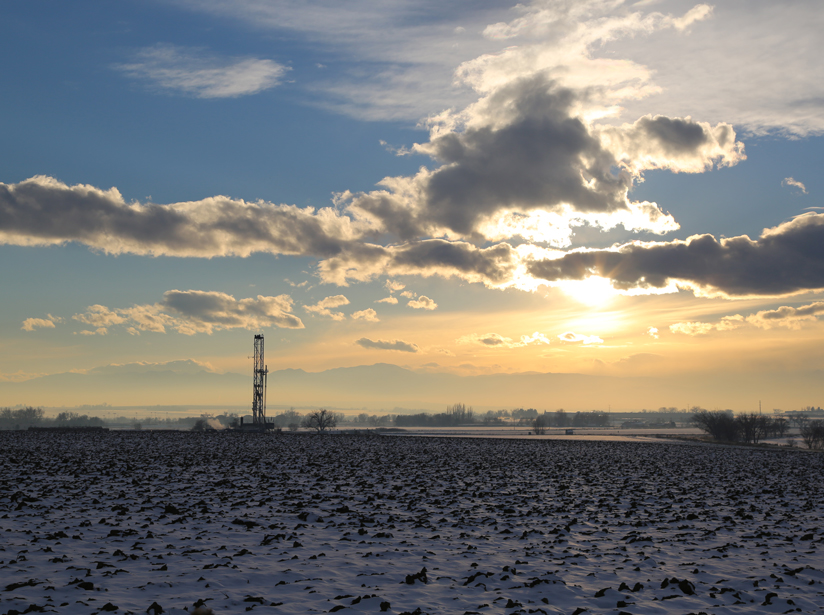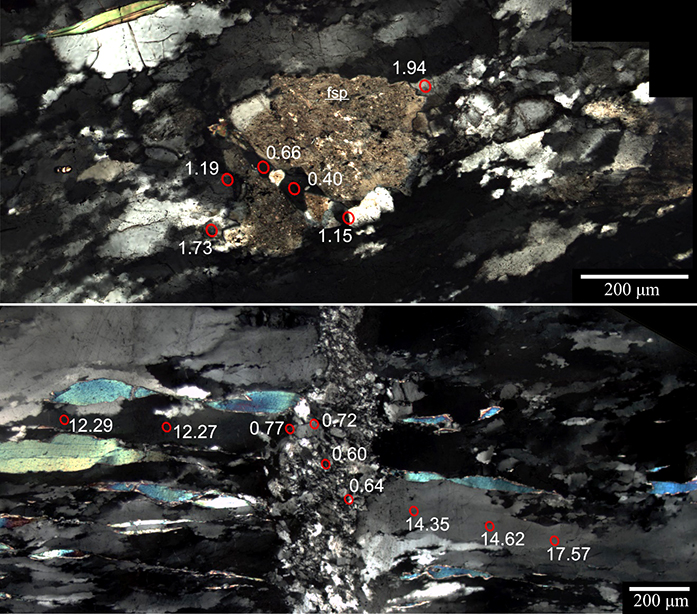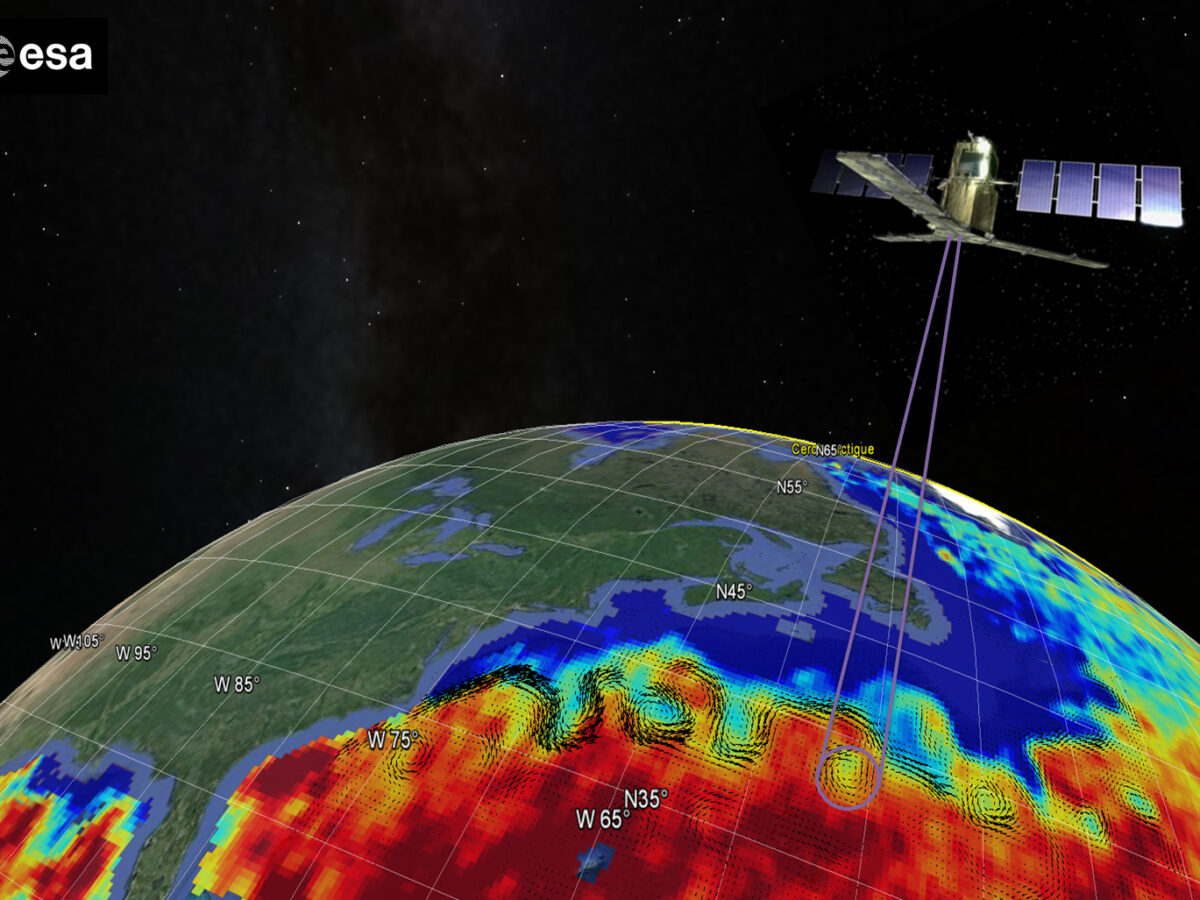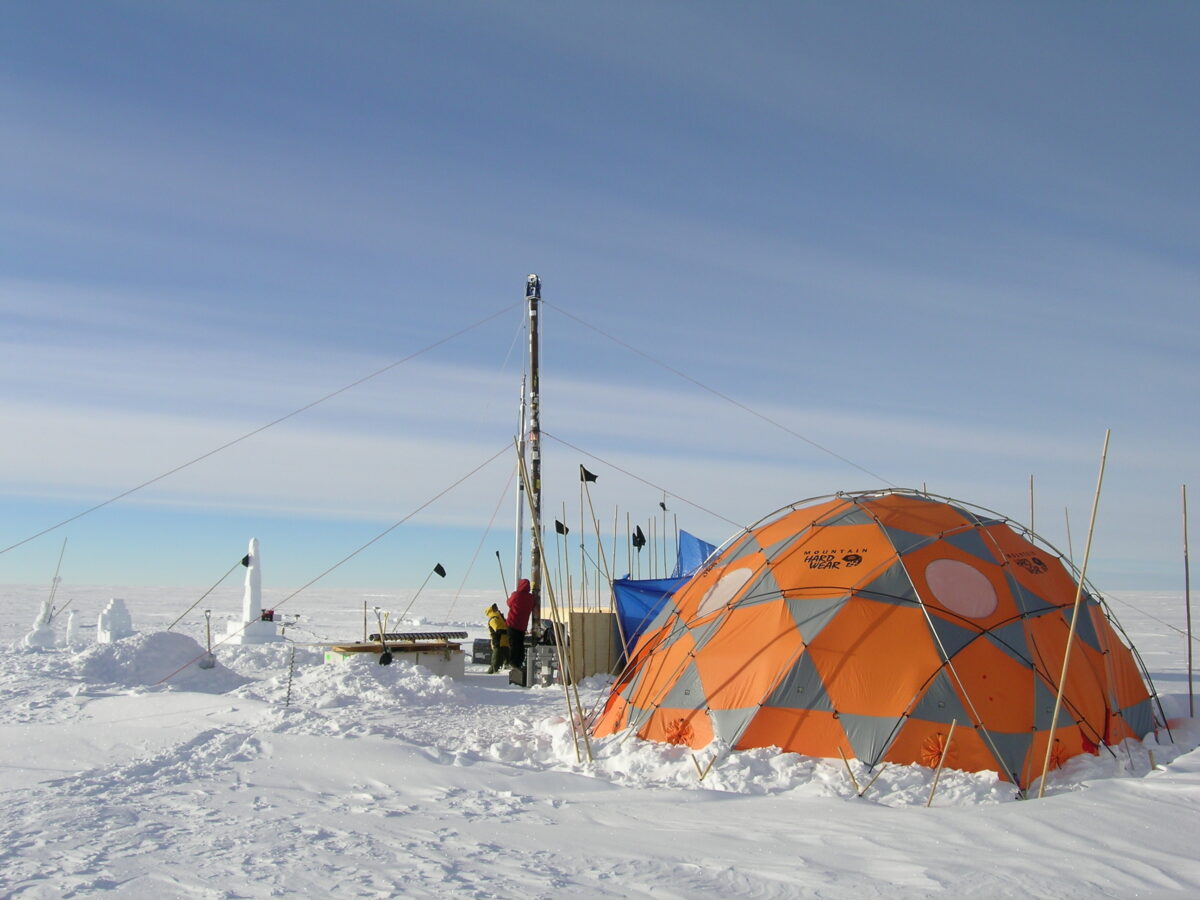Airborne measurements put methane emissions from Colorado's Denver-Julesburg Basin at 12 to 26 tons per hour.
Research Spotlights
Research spotlights are plain-language summaries of recent articles published in AGU’s suite of 24 journals.
How Do Aquatic Plants Direct Where Other Stalks Grow?
By changing the flow of the river, aquatic plants affect the distribution of nutrients on the riverbed.
Satellite Imaging Improves Study of Sinking River Deltas
Researchers know that the Ganges-Brahmaputra river delta is sinking. Now they have an accurate reading on the rate of subsidence.
Trace Element Holds the Key to Deformation of Continents
Studies of titanium in quartz grains could help scientists gain a better understanding of our planet's shifting surface.
Satellite Salinity Data Improves Gulf Stream Eddy Detection
A pronounced contrast in salinity between the Gulf Stream and current rings makes satellite salinity measurements valuable.
Southwest’s Four Corners Home to Largest U.S. Methane Signal
Satellite data reveal fossil fuel harvesting operations in the Southwest's Four Corners are generating the country's largest methane signal viewable from space.
Ancient Earthquakes Made an Island Rise and Fall
Observations track elevation changes of an island in the Kodiak Archipelago to past ruptures of the Alaska-Aleutian megathrust fault.
Atmospheric Carbonyl Sulfide Hit a Minimum 5,000 Years Ago
A new ice core measurements-based record of a climate-active gas shows variability on millennial timescales.
Mekong River Dams Could Bring Future Food Security Woes
The rapid development of dams in the Mekong River Basin could pose a threat to future environmental stability.
Archean Rocks in the Acasta Gneiss Complex
Studying Archean-age gneissic and schistic rocks in northwestern Canada, researchers determined that the source of these rocks formed 4.3 billion years ago.









